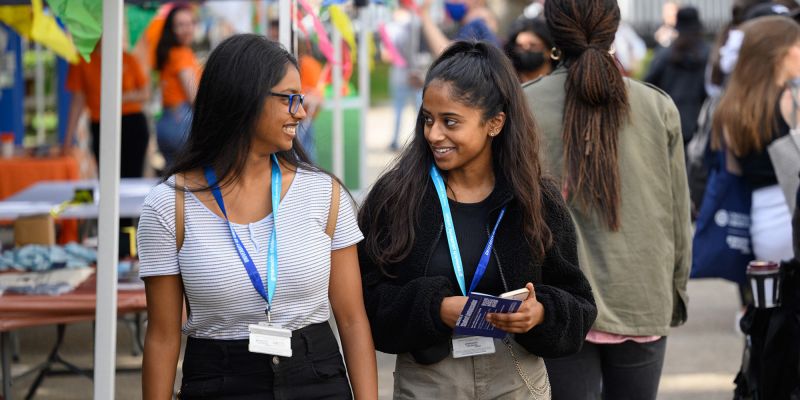Increasing Inclusion through Participatory Design Ethics: Empowering Marginalised Groups and Vulnerable Citizens
This inaugural lecture from Professor Anastasios Maragiannis showcased his long-term research into participatory and inclusive design practices. He presented an overview of co-design methodologies, demonstrating how embedding inclusivity ethics at the baseline of such processes can result in immediate benefits for the designer and for the end-user. He outlined his belief that mobilising inclusivity ethics, an under-investigated aspect of design training and discourse can make significant improvements in design-practice-research for the 21st-century world we live in.
To design inclusively means that the designer engages deeply with the end-users needs from the beginning of and throughout the whole design process, sharing practices and amalgamating potential solutions into what becomes a unique knowledge exchange. This holistic approach to design-practice-research essentially enables inclusivity, irrespectively of disability, gender, ethnicity, vulnerability, language, or age.
Professor Maragiannis advocates the use of a range of diverse methodologies to support design-practice-researchers in developing better quality and innovative research outcomes. Additionally, he proposes the evolution of deeper co-evaluation processes between the designer and the end-user, to create improvements in ongoing interdisciplinary collaboration and to assist co-authors in successfully communicating (e.g., reporting, workshopping, publishing) on their evolving practices.
In this way, design-practice-researchers can augment the essential investigation of our contemporary societies by amplifying, diversifying, and extending knowledge of our everyday and worldly needs in particular focusing on marginalised groups and vulnerable citizens. This includes an improved understanding of user or stakeholder requirements, better solutions to meet the end user’s needs, and greater cooperation between different people and organisations across disciplines.
Sometimes referenced as Participatory design (or Co-design) (Simonsen, Robertson 2013) this is a considered act of directly creating, or designing with people for people, embedded specifically in the design development process, to ensure that results truly meet the end users’ needs.


